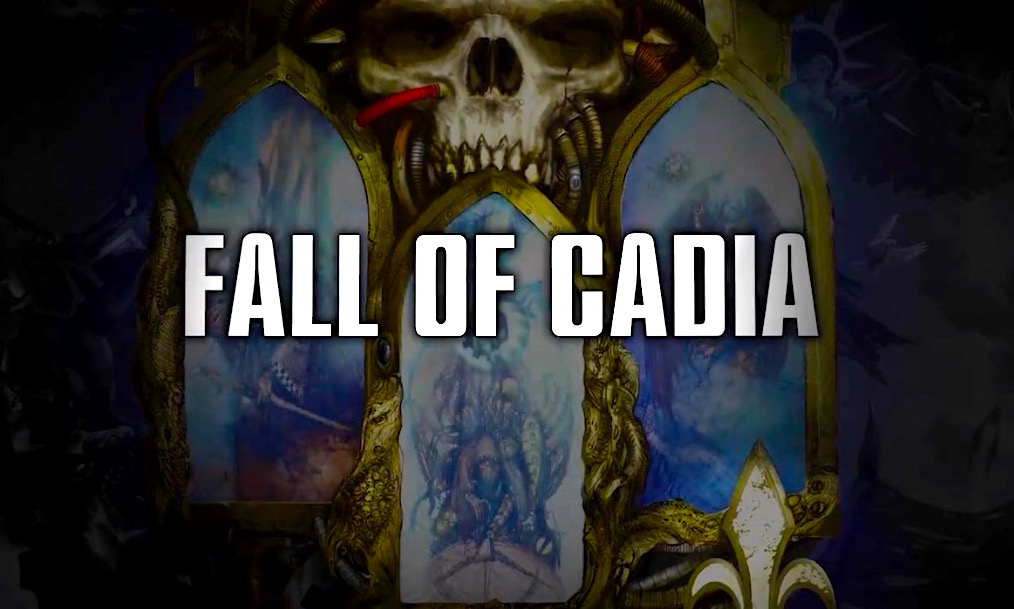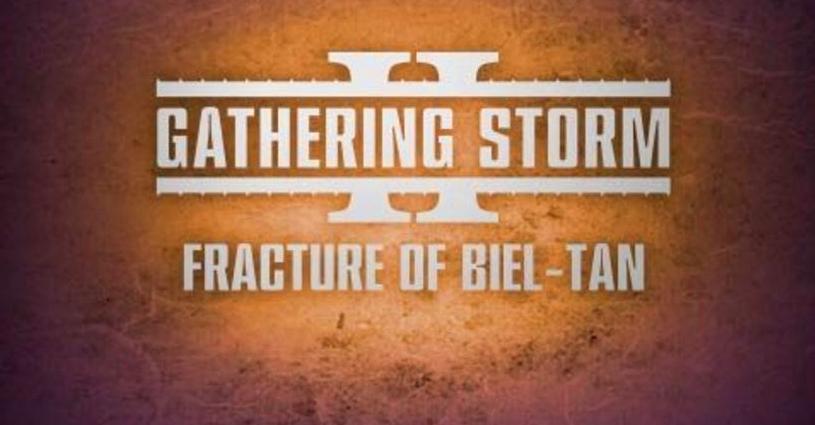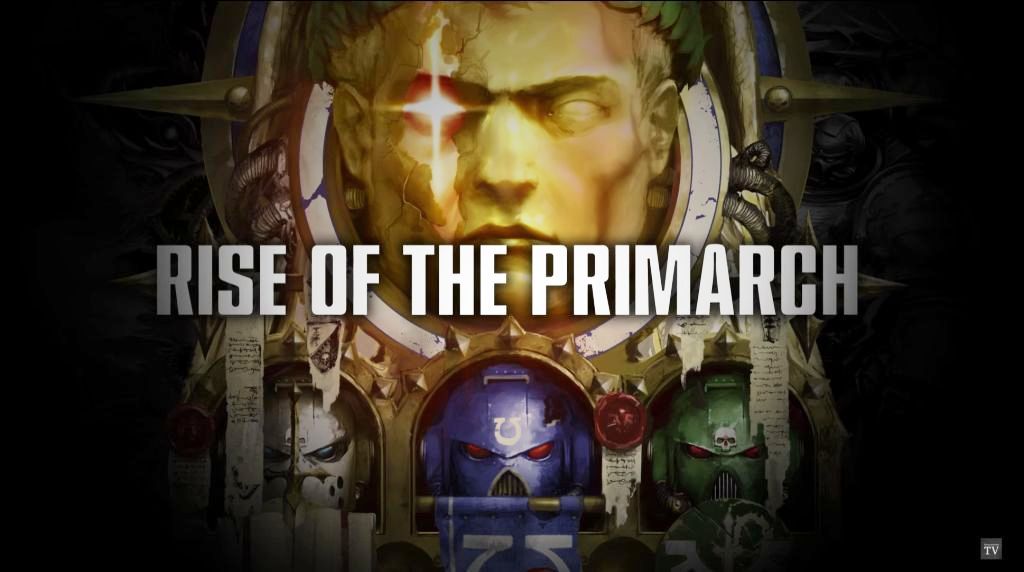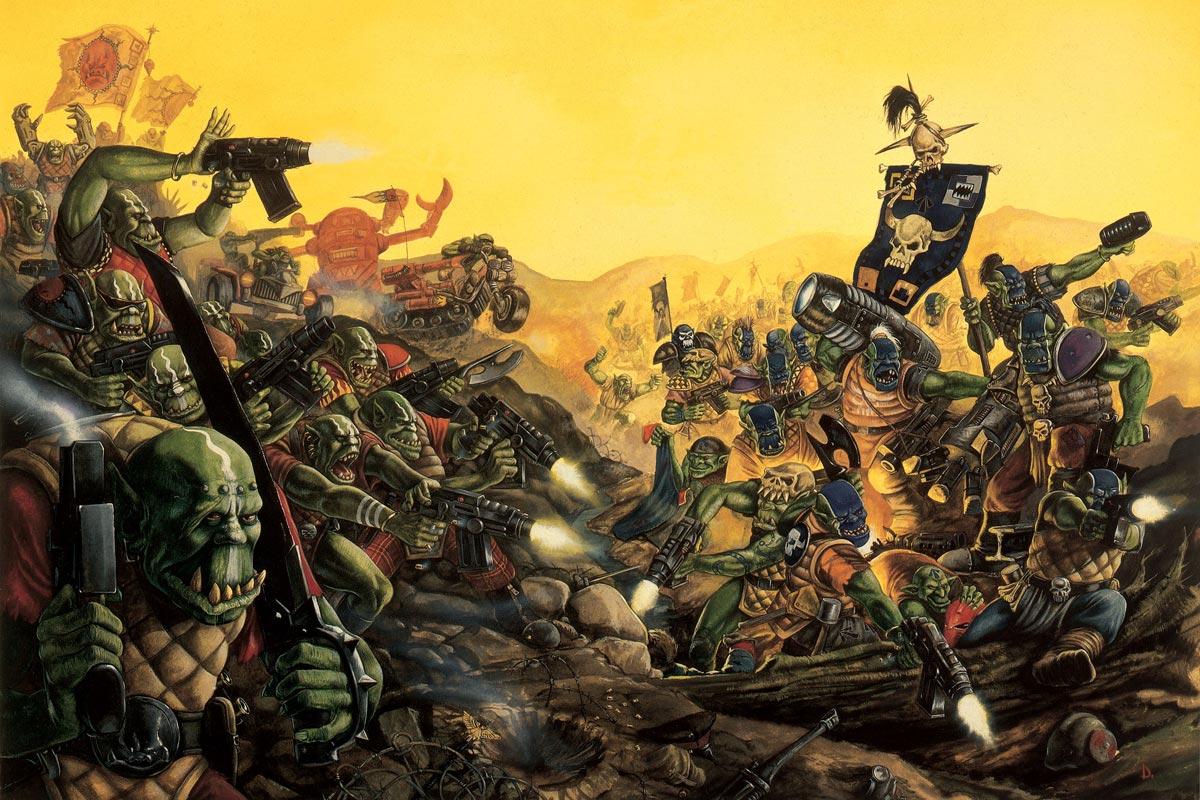Gathering Storm III: GW Puts The Brakes On


Starting with Wrath of Magnus, GW has done a great job of moving the 40K story line forward…until now.
Overall, three of the four the recent books have been welcome progression to an otherwise stagnant story line. Wrath of Magnus, Fall of Cadia, and Fracture of Biel-Tan all did a wonderful job of not only adding interesting characters to 40K lore, but moving the 40K universe forward with compelling and significant changes as well. Then Rise of the Primarch arrived…
(SPOILER ALERT) I am going to be talking details regarding the Wrath of Magnus/Gathering Storm story line (SPOILER ALERT).
I speak here as a person who enjoys the 40K (and 30K) story at least as much (probably more) than I do the hobby/play aspect of the game. I would consider myself fairly knowledgeable regarding significant events, character backgrounds, character stories, etc. This means that my commentary and “grading” of each book discussed is from the narrative, and not the rules, perspective.
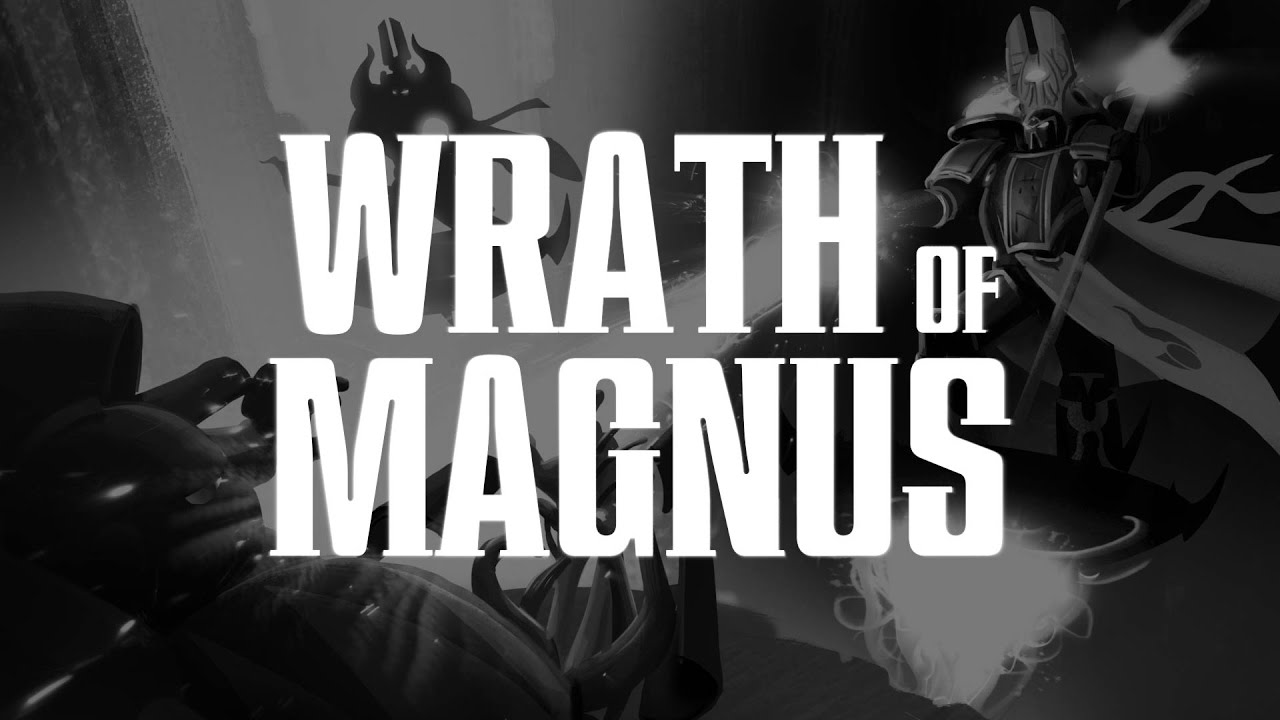 Wrath of Magnus
Wrath of Magnus
When Wrath of Magnus arrived, I was ready for some more of the good stuff. I was not disappointed. Wrath of Magnus gave us a great mix of Space Marine chapters, Inqusition, daemonic foolishness, corruption, intrigue, suspicion and destruction. Fenris itself, by most measures, has been rendered practically useless to the Space Wolves as a source of new meat popsicles. One of the planets in the Fenris system was essentially destroyed. Several heroes of the Imperium were actually killed. A chilling connection between the genetic degeneracy of the Wulfen and the Thousand Sons mutations that lead Ahriman to his act of desperation with his Rubric was presented. Most importantly, Magnus actually had a plan. The assault on Fenris, although he was “defeated,” allowed him to move the Planet of the Sorcerers back into real space! This book was all about moving the story line forward. For me personally, it was the inspiration I needed to actually start a Thousand Sons/Daemon army. Grade: A
Fall of Cadia
Gathering Storm I (Fall of Cadia) introduced a plethora of new characters, while also moving things forward. We have Belisarius Cawl, an ArchMagos of the Adeptus Mechanicus. He is crucial to several aspects of the story. The Saint, Celestine, is now an active part of the 40K story. Inquisitor Greyfax brings the Inquisition to the forefront. That said, I am disappointed at how powerful she is in the story; not only here, but in Rise of the Primarch. I know she is a main character. However, the legendary Gregor Eisenhorn was also an inquisitor, and he regularly was shot, beaten, rendered unconscious, and had a myriad of other near-death experiences.. Greyfax just shrugs it all off, while still killing legions of daemons. IMO, she is way too powerful in the storyline, especially given her rendering in the game of 40K itself. Overall, though, the cast of characters that enter the story here are interesting and well designed. We also see a Necron Lord poke his head in; he is crucial to the Greyfax story. Another story mechanic introduced in this book is the intervention of the Eldar. This was a pleasant surprise at first. Unfortunately, as I will mention later, it becomes a convenient way to extricate our heroes from just about every unsolvable circumstance they find themselves in. Most importantly, in the end, Cadia not only falls, it is literally destroyed, along with the critically important pylon network. This allows the Eye of Terror to begin to expand, as the Cadian Gate (the pylon network) is now destroyed. Talk about moving the story line…wow! Grade: A-
Fracture of Biel Tan
Gathering Storm II (Fracture of Biel-Tan) is not a story I enjoyed as much, as I am not a big Eldar fan. However, there are a few new characters, as well as a new Eldar faction, the Ynnari, introduced. It starts with Eldrad, who in my opinion, is the Kairos Fateweaver of the Eldar. He merely wants to enact a ritual that will bring forth the Eldar god of death in order to destroy Slaanesh. A noble endeavor, no doubt. The price however, is the death of 75% of the Imperium. Not so fast say the Death Watch. And our friend Eldrad is denied (sort of). Next, we move to Commoragh, the city of the Dark Kin. Here we are introduced to Yvraine, who is, unbeknownst to anyone at this point, the doom of the Eldar race (sort of). She dies, but is resurrected by the Eldar Death God, who is not actually resurrected, but that is besides the point (remember Eldrad’s little ritual was cut short). She moves about in the story, pretty much screwing up everything she touches, but at the same time, collecting more and more followers. These followers include Wraith constructs and Harlequins. In the end, three Eldar Craftworlds, which have survived 10,000 years of mayhem, are pretty much undone in this single book by the intervention of this one character. She does, however, seem to have been granted the power of life and death by the Eldar Death God…good for her…and Guilliman. Grade: B-
Rise of the Primarch
Gathering Storm III (Rise of the Primarch) is where the story goes off the rails for me. Belisarius Cawl, Celestine, Grey Knight Grand Master Voldus (a new character), some Eldar (including Yvraine) and the intrepid Inquisitor Greyfax, et. al., arrive at the stasis enshrined body of Guilliman after an arduous journey…which will become even more arduous. Belisarius and Yvraine do their magic and Roboute is reborn! For the next 60 pages, Roboute and the cast of characters travel the length of the galaxy, through the Warp, through the Webway, and God knows where else. Roboute is captured, and saved by Cypher! By the way, Cypher, after rescuing Guilliman, is rewarded by being turned over to the Custodes and imprisoned! More Eldar interventions whenever needed because there was no other way to keep the story going. Roboute finally arrives at the Imperial Palace, and walks into the presence of the Emperor. Wait for it… (Grade D)
After all this, my dear readers…nothing! Not a freakin’, bloody thing has changed! Roboute comes back from a day long sit down with the Emperor and says that the Imperium is immersed in darkness and challenges. Mankind must fight on…for the Emperor. Holy How Long Have I Been Hearing This Batman! Sure, we have a new plastic Primarch. But it feels as though the first three books discussed here did nothing but introduce some new models and rules. The Imperium is in danger. Enemies approach from everywhere. The Imperium will unite and battle the mutant, the alien and the heretic…yawn.
As a true fanboy of Grimdark lore, I was truly disappointed in the conclusion of this particular story line. It was not the kind of disappointment I have felt when a favorite character dies, or a story doesn’t end the way I wish it would. It is a disappointment with the lack of imagination on the part of the writing staff and the mechanics they used in Gathering Story III. It is disappointment that the story line has once again circled back to the same old “humanity is in peril” theme. I’m usually pretty positive on the things GDub has given us in the recent past; but a bit of honest assessment is needed here. They had a great story moving forward the lore of the 41st millennium…and hit the brakes hard. Sigh…
Have you read Rise of the Primarch and what is your reaction? Do you think GW has an ace up their sleeve to move the story forward?



